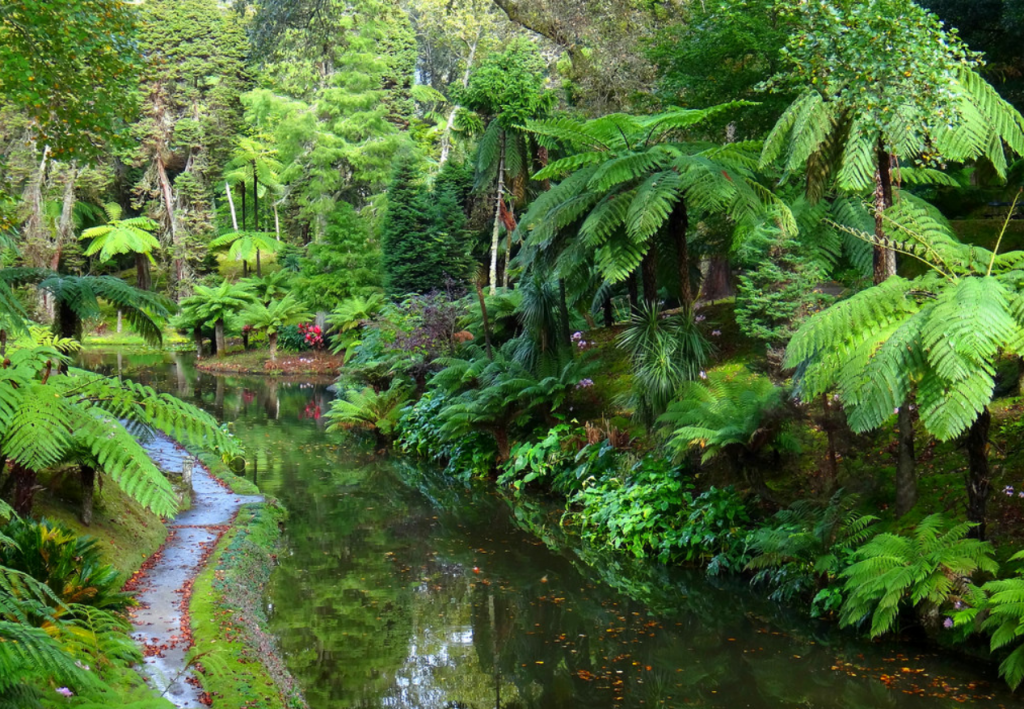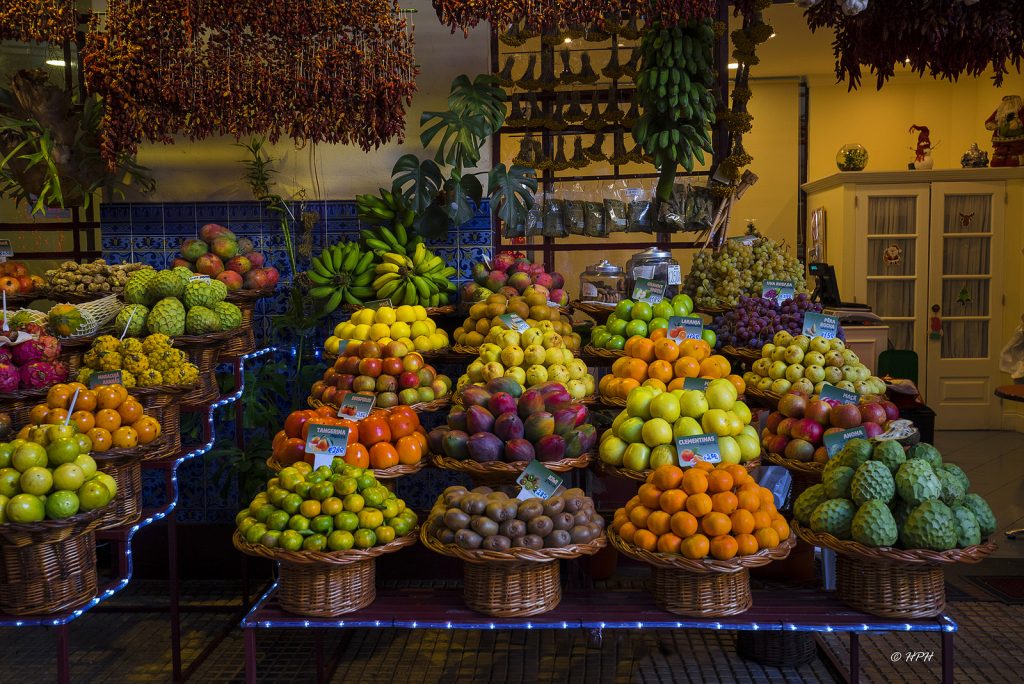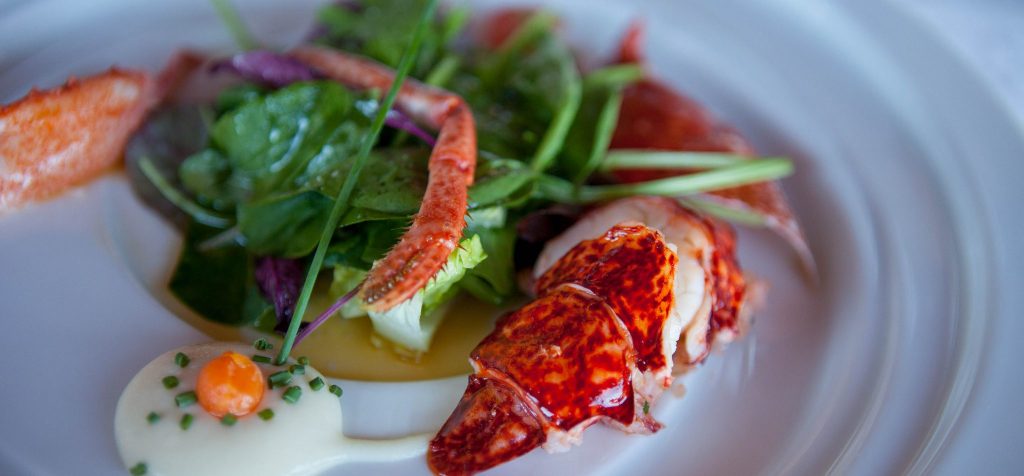How to Shop For Food In Portugal: What and Where to Find the Best Produce in Season

In the summer, Lisbon – and Portugal in general – has always been a huge draw for visitors, and this trend doesn’t look to be subsiding. What’s interesting is the considerable rise in independent and extended-stay vacationing, pushing an equal rise in food shopping – after all, there’s no hotel room service is a hostel/flat, no matter how nice it is! However, shopping for your own groceries needn’t be an arduous experience. Indeed it’s a great way to engage the locals, practice a few words in Portuguese, and to understand the culture you are visiting via the medium of food.
In this new series, we will help you simplify your Portuguese food shopping experience, where and when to buy the best meat and fish; what kind of seasonal produce to look for; and how to make the most out of what you buy for an enjoyable holiday. For more comprehensive information on the hidden tips of Portuguese cuisine, grab our mouthwatering book, “Porto: Stories from Portugal’s Historic Bolhão Market.”

Where to Buy Fresh Food in Portugal
In Portugal, you have 4 types of food centers – listed from largest to smallest – hipermercados, supermercados, mercados and mercearias. The first two are your commercially driven locations that will have a bit of everything, which include your everyday supermarkets and your hipermarkets, located in malls and commercial centers. Then there are the open mercados- farmer’s markets and the much smaller local groceries, called mercearias.
Unless I’m buying bulk quantities of toiletries, I’ve always preferred the latter two, which are located much closer to my home in the center of the city. And although they tend to be a bit more expensive than supermarkets, I like the fact that they’re all run by real people, typically friendly older couples and farming families who are trying to survive- hard-working people I would much rather give my money to instead of huge conglomerates which don’t have a fear of going out of business. But most importantly, these places also have the best-quality fresh fruit and vegetables, as they are generally sourced from local farmers, are in-season and harvested when they’re ripe and ready instead of coming in hard and green from across the world to meet supermarket demand. And especially for seasonal fruit, I’ve found that some of the mercearias actually sell at much cheaper prices than supermarkets or even the mercados, and unlike the latter, these places are open all day, some until 9pm, so I don’t have to worry about waking up early to get to the market before all the good stuff is taken!
For those of you looking for organic (bio) products, it requires a little investigation. Most vendors in the mercados and mercearias will host a range of organic products, but you would need to inquire which products those are. On Saturday mornings, the city park in Porto hosts an organic market, while Lisbon’s equivalent is in Praça do Príncipe Real. These are lovely outdoor markets, but if your time is limited, you can always google, “Mercado Biológico (enter city)” to direct you to the nearest shop wherever you are in Portugal.

Meat and Fish
If you want to buy fresh fish and meat in particular, I suggest getting up bright and early to hit the open market if you want the best selection (at least before 9 am), but as long as you get there before noon there’s still have a good amount to choose from. However, if you’re not an early riser, then it’ll have to be the supermarket, but try a higher-end supermarket such as the El Corte Inglés, despite its high prices. The fish tends to be quite good throughout the day. As for meat, the local butcher, or talho in Portuguese is the best. Assuming that you’re already at an open mercado, you can find several peppered between the stalls, or there are at least a few around any neighborhood. Just keep in mind that the markets, fishmongers and butchers are generally not open on Sundays or Mondays.
Considering the insatiable heat in Portugal during the summer months, you’re most likely going to want to hit the beach and eat lightly after a day playing in the sun. Make sure your backpack is stuffed with deliciously ripe seasonal fruit, which makes for a refreshing snack or a healthy dessert at the end of a meal. Just remember to avoid the “squish” factor when packing. Beginning in late April through June, you can find lots of juicy sweet strawberries, followed by dark fat cherries which run through the first part of July. These are the only fruits you should be buying at this time as you won’t find cherries at any other time of the year and the strawberries that are sold outside of season aren’t nearly as tasty.

Seasonal Fruit
Come mid-July and going through September, melons are excellent and Portugal has by far, the sweetest melons I’ve ever tasted, when they’re really ripe they almost taste like cotton candy. The melão, which is similar to your honeydew melon, comes in green, white, yellow and “green cantaloupe” varieties: the sweetest being the large football-shaped green and white ones. There’s also meloa, which is your orange cantaloupe variety, but less popular; and you have melancia, or watermelon, which is very sweet as well. The best way to find a ripe melon is to look for one that is rough and ridged on the outside and tends to have a pungent sweet aroma at the smell at the stem. If the outside is nice and smooth, it usually isn’t that ripe! And for an even tastier treat, pair slices of fresh melão with some presunto, the Portuguese version of jamon iberico, made from the famous Iberian black pigs raised in the region of Alentejo.
Another great seasonal fruit that starts to appear in August and goes through September are fresh figs. First to ripen are the green Moscatel variety of figos, and they are as sweet as honey, but the best place to get them cheap and abundant are in the southern Algarve region, where they’re mainly sourced. In Lisbon, the black mission figs are ready towards the end of the month, a sinful experience. And shortly after the season, you can buy freshly dried figs at the supermarket until the end of the year.
Other tasty summer fruits include pessegos (peaches), nectarinas (nectarines) and ameixas (plums). At the local supermarkets, you can find small containers of local raspberries, blackberries, and blueberries which sell for half the price of what they are out of season (around €1.99 now compared to €3.99 in the winter at Pingo Doce) and are considerably sweeter.
If you’re a veggie fan, most of Portugal’s popular vegetables don’t come into season until the colder months, starting late in September/October and going through April/May. If you’re around at that time, pick up one of the many varieties of abóbora, which is their catch-all term for pumpkins and squash. The market vendors sell it in large wedges or smaller chunks for your convenience so you can make one of their hearty styles of vegetable soup, which consists normally of a base puree of pumpkin, potato/onion, carrot or a mix of them along with some chopped couve, agrião (watercress), nabiça (kale) or espinafres. Another very Portuguese vegetable is grelos, which are cabbage or kale sprouts and they are great simply boiled up with a bit of sea salt and drizzled with olive oil for a tasty side dish.

Choosing Produce
When choosing fresh produce, you’re usually allowed to look it over and touch it at supermarkets and most mercados and mercearias, but try not to paw over them when shopping at the latter two, especially if you’re buying strawberries and cherries (these are always high in demand and get smashed easily so vendors are wary). I’m very picky in my choosing, and I’ve received a few evil looks and snaps from annoyed vendors so try to get an eye on which ones look good then only grab them when you’re ready to buy. Produce prices are by the kilo and there are always plastic bags available at any location to gather your produce – however, we encourage you to put all your produce in a few bags and let the vendor figure out the pricing. Any small act to reduce plastic is a step in the right direction. In the end, your shopping, the vendor or the cashier will weigh each item and calculate the total.
In my next post, I’ll discuss in greater depth of buying fresh meat at the local butcher and what the best cuts are for making simple Portuguese dishes. For now, get out and enjoy a big slice of juicy melon and a glass of vinho verde at the beach!

Calendar of Seasonal Fresh Fruit in Portugal
January: oranges, tangerines/clementines, lemons, pears, kiwi
February: oranges, tangerines/clementines, lemons, pears, kiwi
March: oranges, tangerines, lemons, pears, kiwi
April: oranges (Algarve), tangerines, lemons, strawberries
May: strawberries, cherries, apricots, nesperas (Japanese plums), lemons
June: strawberries, cherries, apricots, green figs (different type), grapes, peaches, raspberries
July: cherries, melons, peaches, nectarines, plums, apricots, raspberries, blackberries, blueberries, green pears, green figs (different type), grapes
August: green figs, black figs, melons, peaches, nectarines, plums, grapes, raspberries, blackberries, blueberries, green apples and pears
September: figs, grapes, melons, plums, apples, pears, peaches, raspberries
October: apples, pears, persimmons, pomegranates, lemons
November: apples, pears, persimmons, pomegranates, oranges, tangerines/clementines, lemons
December: oranges, tangerines/clementines, pomegranates, kiwi, pears, persimmons, lemons
Note: Azorean pineapples and Madeira bananas are available year-round on the designated islands and sporadically in mainland Portugal
Portugal Food Tour
If your Portuguese dream vacation needs a little culinary guidance, we’re more than happy to lend a hand. From full-week gastronomic experiences throughout the entire country to one-day private cooking courses with Chefs, I trust we can find the perfect foodie moment for you! Scroll through our various Portugal culinary tours to help fuel your inspiration.








You must be logged in to post a comment.